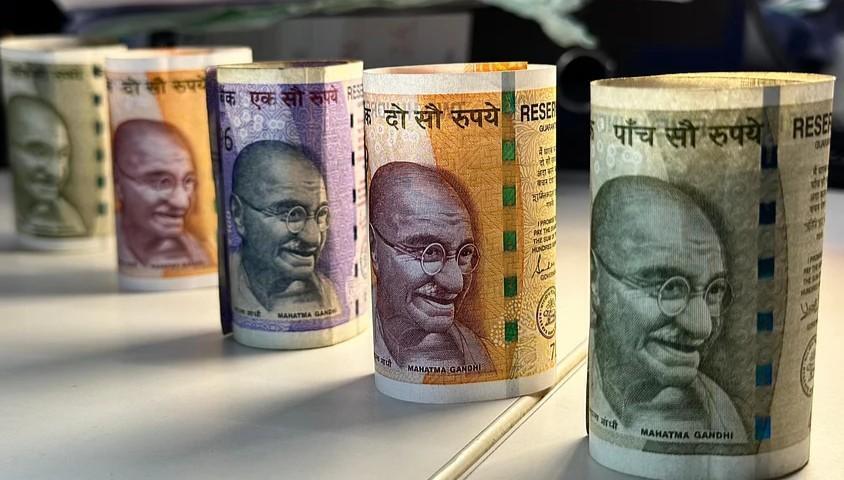
Fiscal Deficit at ₹11.7 Lakh Cr in Apr-Jan, 74.5% of FY25 Target
The Indian government’s fiscal deficit has reached a staggering ₹11.69 lakh crore in the first 10 months of the fiscal year 2024-2025 (FY25), which accounts for 74.5% of the full-year target. This is a significant increase from the previous year’s deficit of ₹11.02 lakh crore.
According to the data released by the Ministry of Finance, the government’s total expenditure in the April-January period of FY25 stood at ₹35.69 lakh crore, with a significant portion of ₹7.57 lakh crore being spent on Capital Account. This indicates that the government is prioritizing infrastructure development and capital spending to boost economic growth.
The fiscal deficit, which is the difference between the government’s total expenditure and its total revenue, is a key indicator of a country’s financial health. A higher fiscal deficit can lead to increased borrowing, higher inflation, and a weaker currency. However, in the current context, the government is facing significant challenges in managing its finances, including the impact of the COVID-19 pandemic, the Russian-Ukrainian war, and the global economic slowdown.
Despite the challenges, the government has been able to maintain a relatively stable fiscal deficit, which is a testament to its fiscal prudence. The government has been following a fiscal consolidation path, which involves reducing the fiscal deficit over time to ensure sustainable economic growth.
The fiscal deficit has been increasing gradually over the years, mainly due to the government’s efforts to boost economic growth and create jobs. The government has been investing heavily in infrastructure development, including roads, highways, and railways, to improve connectivity and enhance economic activity. Additionally, the government has been increasing spending on social welfare schemes, such as healthcare and education, to improve the lives of citizens.
However, the increasing fiscal deficit has raised concerns about the government’s ability to manage its finances sustainably. The government’s reliance on borrowings to finance its expenditure has led to an increase in the country’s debt burden, which has reached a record high. The government’s total debt has increased from ₹83.5 lakh crore in FY20 to ₹104.7 lakh crore in FY23, which is a significant increase of 25.5%.
The government has been taking steps to address the concerns around fiscal deficit and debt burden. The government has been implementing measures to increase revenue, such as rationalizing tax rates, improving tax compliance, and enhancing indirect tax collection. Additionally, the government has been taking steps to reduce expenditure, such as curtailing non-essential spending and improving the efficiency of public sector undertakings.
In conclusion, the fiscal deficit at ₹11.7 lakh crore in the first 10 months of FY25 is a significant concern for the government. The government needs to take measures to reduce the fiscal deficit and debt burden to ensure sustainable economic growth. The government’s reliance on borrowings to finance its expenditure needs to be reduced, and the government needs to focus on increasing revenue and reducing expenditure to improve its financial health.
Source:
https://www.ndtvprofit.com/amp/economy-finance/india-fiscal-deficit-74-5-percent-fy25-target-january






